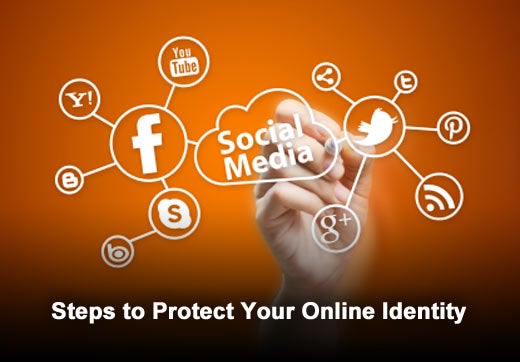Science claims that all of us are related by genealogy, regardless of the language we speak, the color of our skin, or where we are in the world. Interestingly, interrelationships beyond one’s ancestry are also very much true when one traces their relationship with another person they don’t know or haven’t met their entire life. Social networking sites and social media made these relationships overt, even to owners of profiles set to private. Someone is related to someone else at some point, a thread that connects one to another individual, organization or family. And these threads pretty much make up the sophisticated Web of online relationships.
Other than human behavior, this interconnectivity is also taken advantage of by online criminals that rely heavily on social networks like Facebook, Twitter and Instagram as part of their malicious activities. Online threats, such as malware, phishing and scams, are propagated, almost worm-like, across these platforms either via spammed public posts or via private messages. Regardless of what social network users tend to spend most of their time with, one thing remains certain: It is necessary for these users to keep their online social life secure. Online criminals are getting smarter and more sophisticated in their malicious tactics. We need to be more vigilant in our efforts of keeping the bad guys away from our systems, our online banking accounts and our inboxes.
Security, of course, involves more than just tinkering with a social networking service’s privacy settings. Below is a brief list, compiled by Jovi Umawing writing for ThreatTrack Security, of what users can do to protect themselves from miscreants who will do anything for information and cash.
Click through for six steps users should take to ensure they remain safe while on social networking sites, as identified by Jovi Umawing writing for ThreatTrack Security.
Unfortunately, users do not only share pictures, but also their personal information, such as date of birth, mother’s name and pet’s name — priceless data that can be used by cyber sleuths to gain access to social accounts. Not only that, users also tend to reveal details in public on when they’ll be on vacation and where. This should not be done, as this could prompt actual thieves and possible stalkers to go after you or your property while you’re not home.
Umawing has seen netizens joke about the Net being swamped with photos of food and selfies, and they may be right. However, selfies of yourself wearing little or nothing at all is something to be deeply concerned about. Reports of revenge porn (also called non-consensual pornography) have received quite a bit of media attention when certain individuals started posting dirty pictures or videos (shared via sexting) of their ex-partners online, aiming to humiliate them. Sure, there is an app that lets you share such pics or videos, then deletes them afterwards, but can we say that this app is really true to its claim? Unfortunately, we cannot. If you can’t risk naked photos of yourself leaking into the wild Web, don’t do it at all. This is the most effective prevention method yet.
We can never really get away with talking about security and privacy without mentioning passwords. After all, it’s the key to your social networking profile door. Just make sure that it’s not a skeleton key, which also allows anyone to open your email, online bank account, and your other social profiles. That would be terrible. One password, one account. Max out your password length. Incorporate numbers and special characters. If you can’t recall all your passwords, there are always password managers out there that can do that for you.
Unfortunately, most of us consider our parents’ “wise words” as null and void the moment we reach 18 or think that we’re old enough. Adults, most especially women, can be targeted and victimized as much as the next child or teen. It’s always a smart move to err on the side of caution. Always. Not every new person you meet online can be trusted. With screens virtually replacing the human face, anybody can be anyone they want to be.
Most social networking sites have these written in black and white so users can refer back to them any time for tips. Don’t just scroll past these pages. Click that link and have a thoughtful read. It pays to be informed rather than groping in the dark on how to set up your profile just the way you want it with what’s available for you.
Doing so can prompt you to make the necessary adjustments to the privacy and security settings on your social networking profile. Recently, Twitter made available two-factor authentication to all its users. It’s not perfect, as it continues to have issues, but users may still want to consider opting in as it is not an auto-enabled security feature.
It’s true that maintaining three or more social networking profiles can be hard work. Securing them must always be your top priority. It’s easy enough to tinker with sites’ settings, but developing the discipline of sharing only what needs to be shared, reading and being on the know about online safety, and remembering passwords can be quite the challenge for the average user. But if you think about it, your Twitter, Facebook and Instagram accounts are related to those you follow and who follow you back. We are, in a way, responsible for maintaining these relationships, security-wise, by doing our part in keeping possible threats at bay that may not only affect us but also our network.









